The Raspberry Pi Foundation announced the 5th generation of the Raspberry Pi, boasting some serious upgrades.
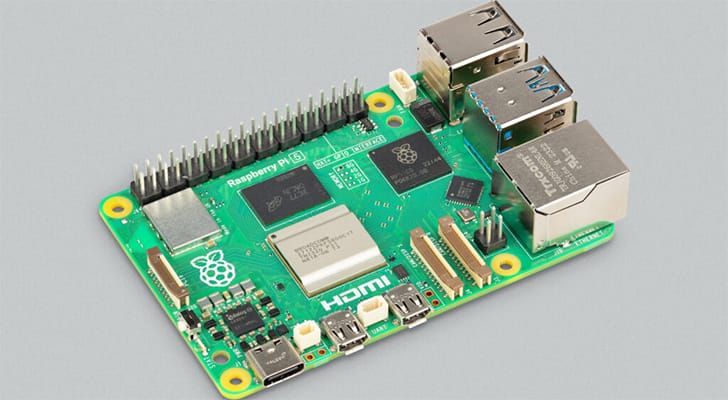
It has been over four years since the release of the Raspberry Pi 4, and it felt like for a period that the way for the Raspberry Pi 5 could stretch even longer.
However, the Raspberry Pi foundation has launched with some serious upgrades to the hardware, especially for those wanting a more powerful Pi.
The two most significant changes you will find are the brand-new processor and the new I/O chip that the Raspberry Pi Foundation designed in-house.
You won’t see any improvements in the networking capability of the Raspberry Pi. The Pi 5 still uses the same chip featured on the Pi 4.
Also, the new Raspberry Pi 5 can pull significantly more power than older generations. While it is more efficient at the same workloads, the cores can be pushed considerably harder.
This leads to two new problems. First, you will likely need an improved cooling situation, whether that be a big passive heat sink or an active solution like a cooling fan. Secondly, you will need a new power supply to get the most out of the new Pi; the Pi 4 power supply will not push enough power.
The Pi 5 will also feature a built-in RTC chip. However, this will require a separate battery to be wired in for it to function when your Pi loses power. The one benefit here is that you will no longer need to buy an RTC chip separately.
While we haven’t got our hands on a Raspberry Pi 5 ourselves, let us go over some of the significant announced changes.
Video
Below you can watch a video where the founder of the Raspberry Pi Foundation introduces the Pi 5. This video will go over some of the new functionality introduced in the Raspberry Pi 5.
New Processing Capability
The first change we will quickly go over is the introduction of a new chipset that will offer significant performance improvements.
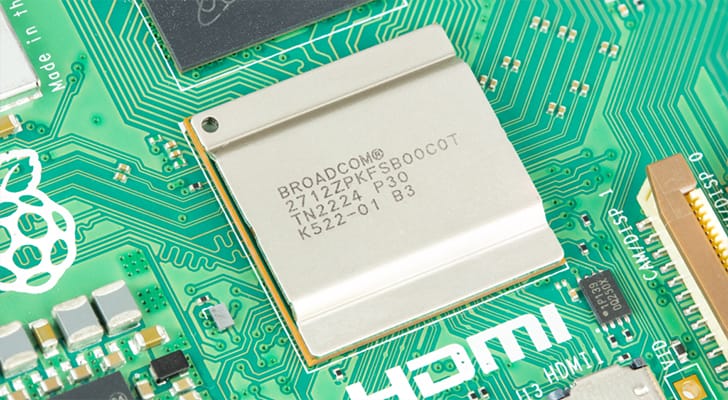
With the Raspberry Pi 5, they have introduced the BCM2712 SoC. This new system system-on-a-chip introduces a new CPU and GPU to the Pi, boasting significant performance improvements due to big leaps in efficiency and clock speed.
CPU
This new core uses a quad-core 64-bit ARM Cortex-A75 processor. While still having the same number of cores as the Pi 4, the microarchitecture improvements with the jump from the A72 to A74 bring huge improvements.
The new processor in the Raspberry Pi 5 will be capable of significantly more performance thanks to more instructions per clock. Additionally, the foundation has increased the clock rate of the core from 1.8 GHz to 2.4 GHz.
GPU
The GPU in the Raspberry Pi 5 is where you will see even more improvements over the Pi 4. In the Raspberry Pi 5, you will find a VideoCore VII GPU that is clocked at 800 MHz, a 300 MHz improvement over the Pi 4’s clock speed.
This GPU brings with it some additional functionality, such as support for 4K 60 FPS to both HDMI displays. Previously, the Pi 4 could only maintain a single display at 4k 60 FPS and drop down to 30 FPS when both are plugged in.
Additionally, for those who love using their Raspberry Pi as a media player, a new HEVC decoder is built into the chip. This will help significantly when watching any video encoded using the HEVC format.
Also, the Pi 5 will feature a fully open-source Mesa driver, so you should hopefully see better support for the OpenGL ES and Vulkan standards.
Memory
While the Raspberry Pi 5 still has the same memory offerings as the Pi 4 (1, 2, 4, 8 GB), it uses a slightly newer memory architecture.
The Pi Foundation has upgraded the hardware from LPDDR4 to LPDDR4X. This sees a significant improvement in memory speed, increasing from 2000MT/s on the Pi 4 to 4267MT/s on the Pi 5.
The RP1 Chip on the Raspberry Pi 5
On top of the significant improvements to the Raspberry Pi’s process capabilities is a brand-new chip that will significantly improve the I/O functionality.
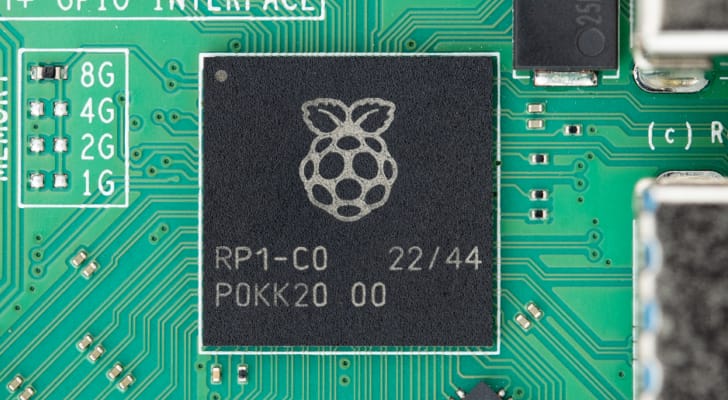
This new chip is called the RP1 and was developed in-house by the Raspberry Pi Foundation. It is built to handle most of the IO functionality of the Raspberry Pi 5.
One of the most significant improvements introduced with this new chip is that the USB 3.0 ports are now capable of 5 Gbps. Additionally, there is now a four-lane PCI express 2.0 interface that you can tap into through the GPIO pins.
This means that the Raspberry Pi 5 can support additional things, such as an M.2 NVME SSD. However, you will need a HAT that implements this functionality. There are no direct PCIE or M2 slots on the Raspberry Pi 5’s board.
New Power Management Chip the DA9091
On top of the new CPU and inclusion of the RP1 chip is a third new component. This new chip is the DA9091.
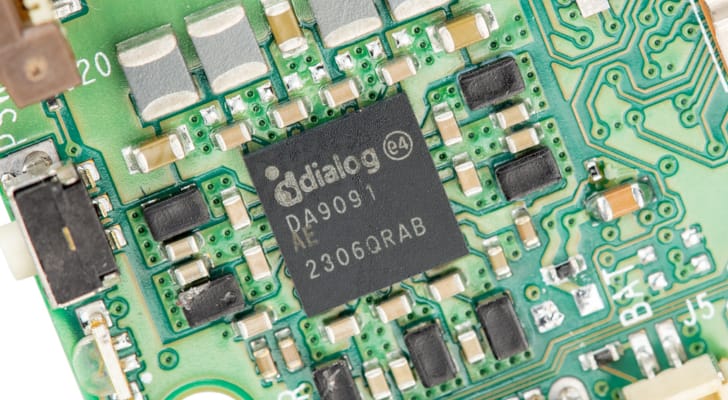
This chip handles the power management of the Raspberry Pi 5. It is meant to significantly improve the way power is delivered to the various components on the board, as well as handle the additional power needed to drive the board.
While most of these improvements won’t be obvious to the end-user, they help everything run well.
Conclusion
If you want to learn more about the Raspberry Pi 5 and the numerous improvements, be sure to check out the official blog.
This blog post explores every little change made with this new version of the Pi and their rationale for those changes.
The Raspberry Pi 5 is meant to be released late October 28th, 2023, starting from $60 USD for the 4TB variant and $80 USD for the 8GB.
If you want to see the differences between the Raspberry Pi 5 and the Pi 4 be sure to check out our guide.
In the meantime, explore our numerous Raspberry Pi projects to see what you can do with these little devices.
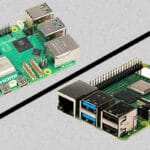
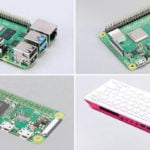
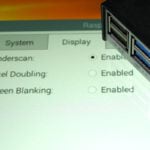
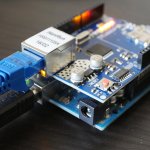
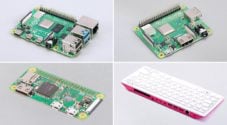
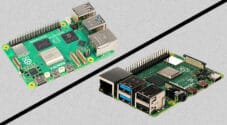
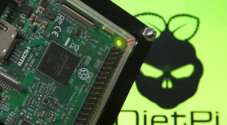



Need faster help? Premium members get priority responses to their comments.
Upgrade for Priority Support